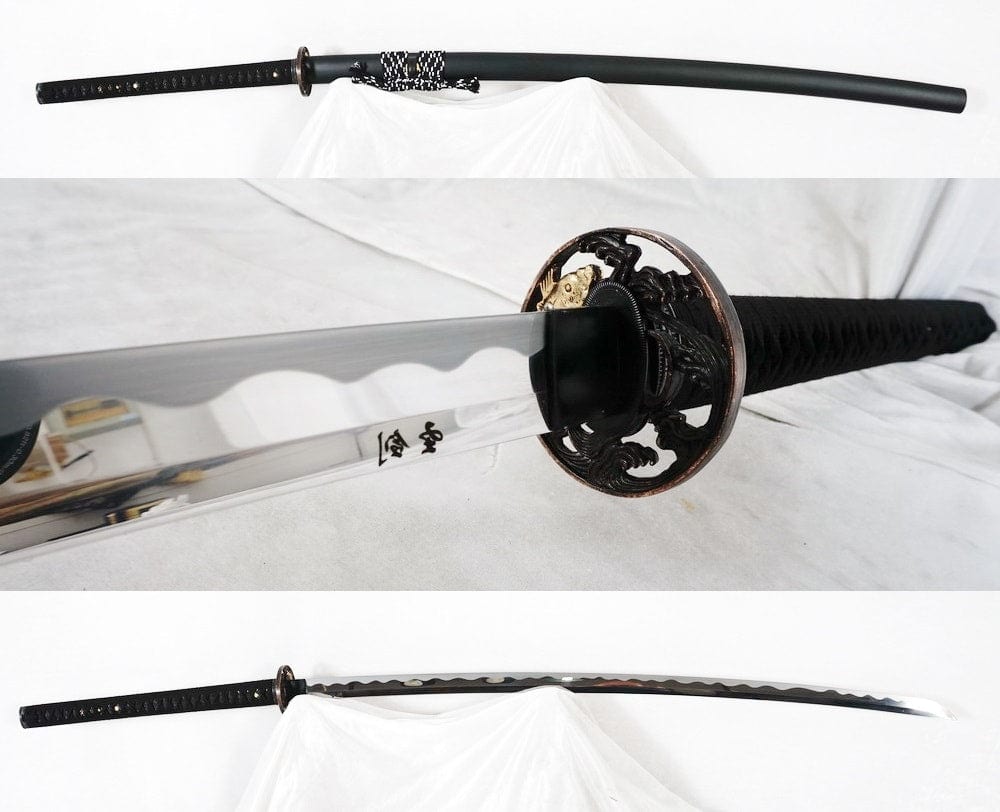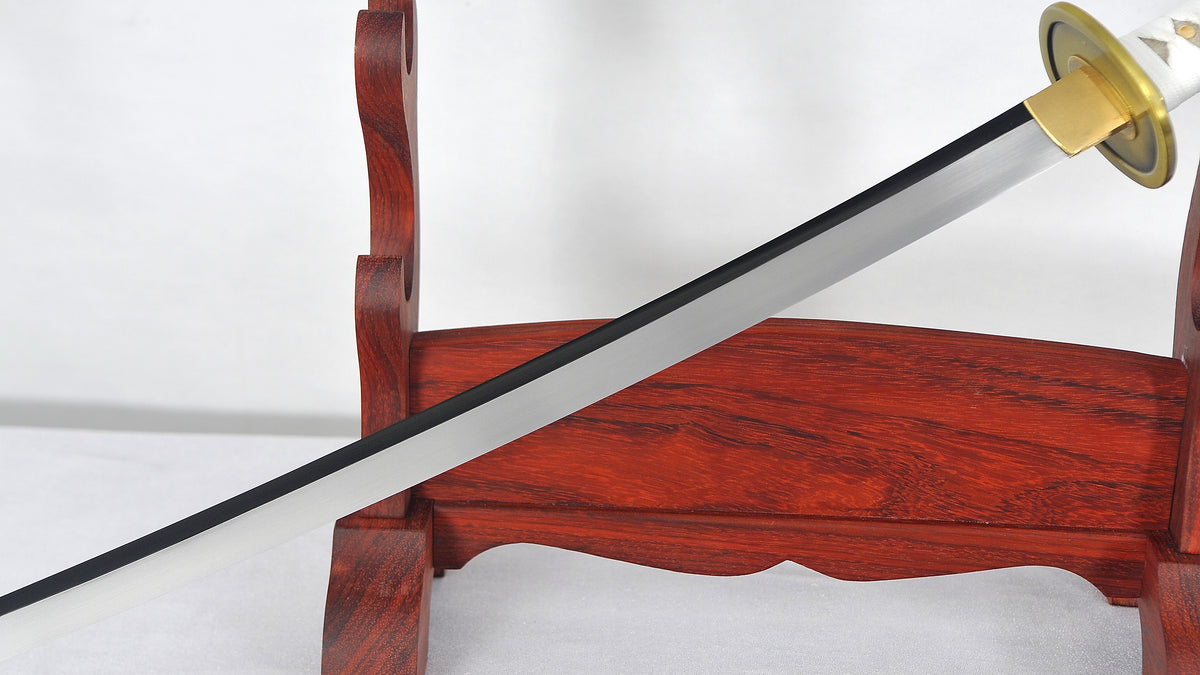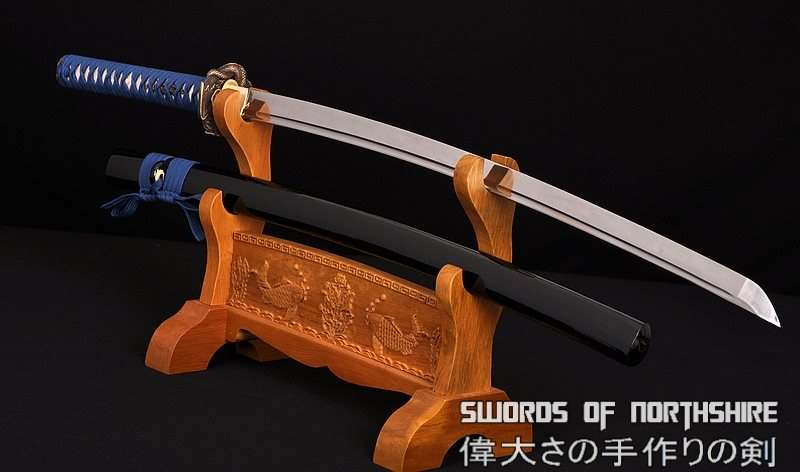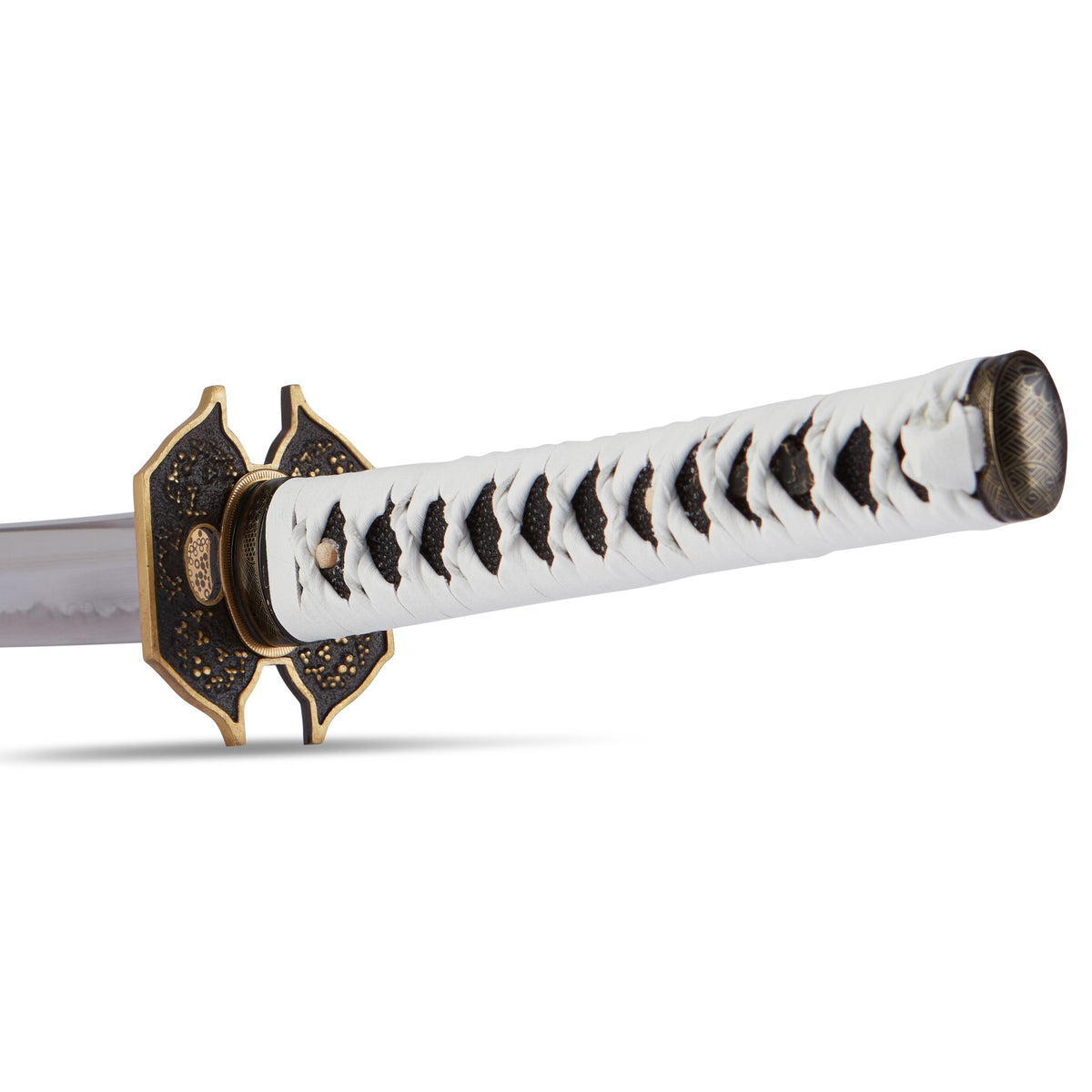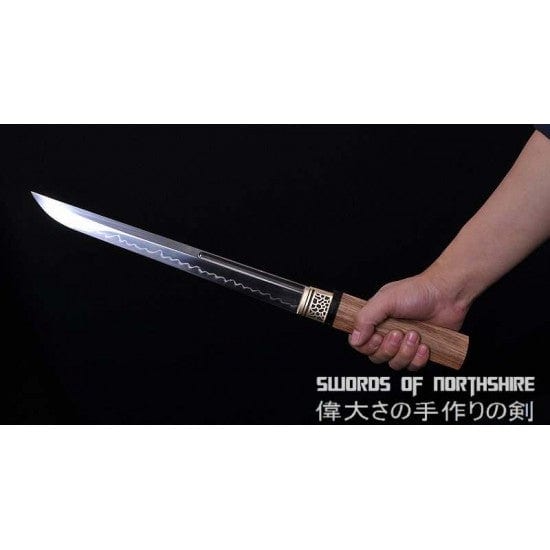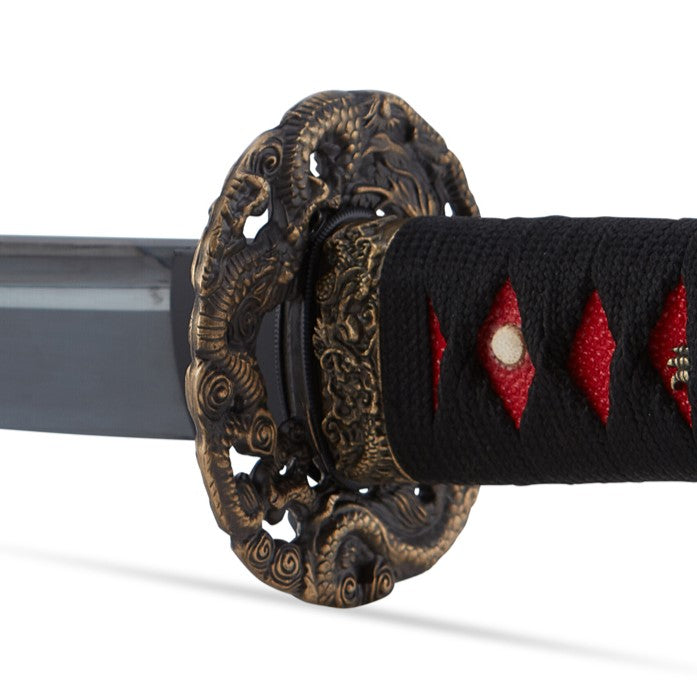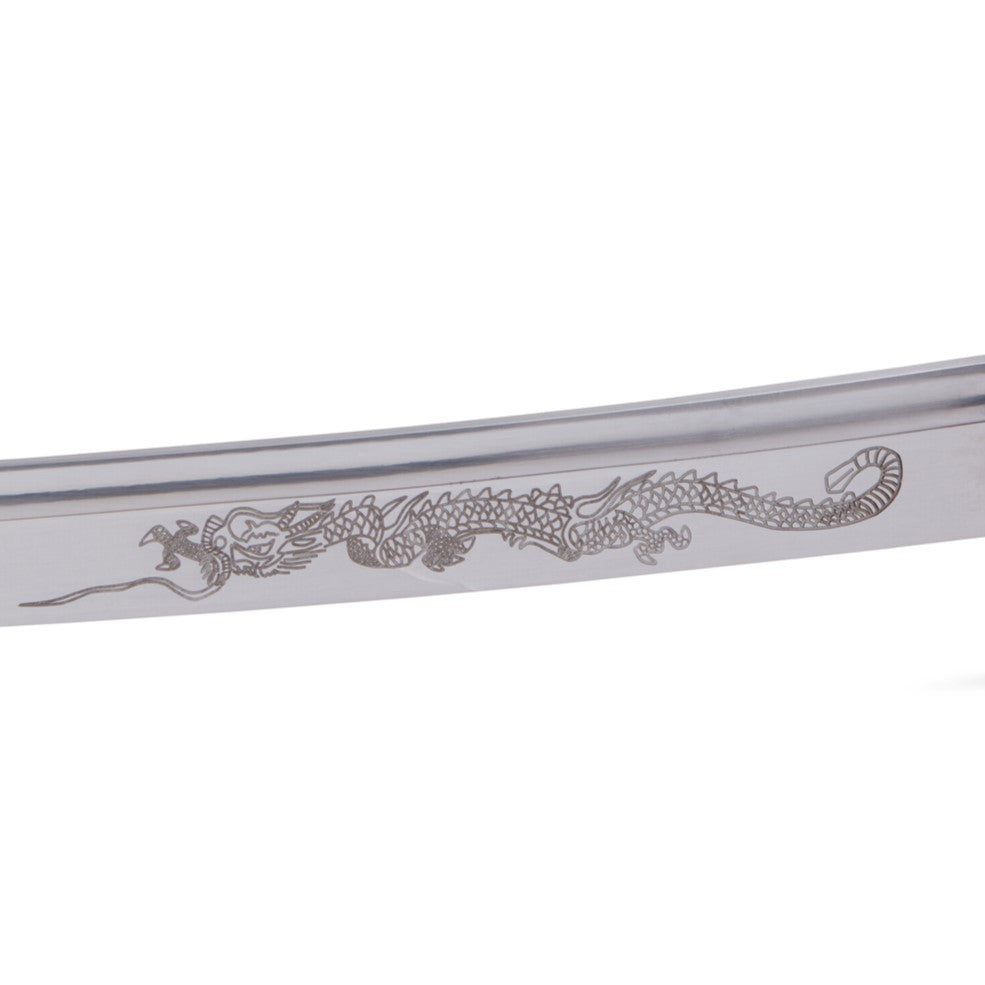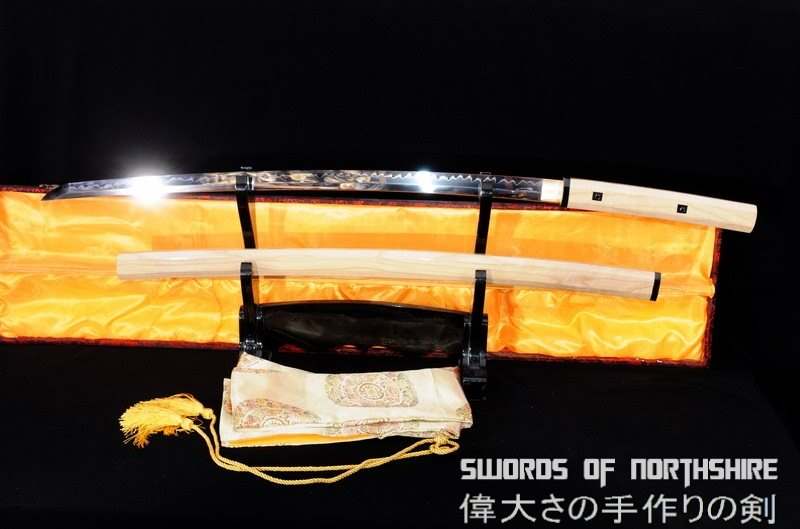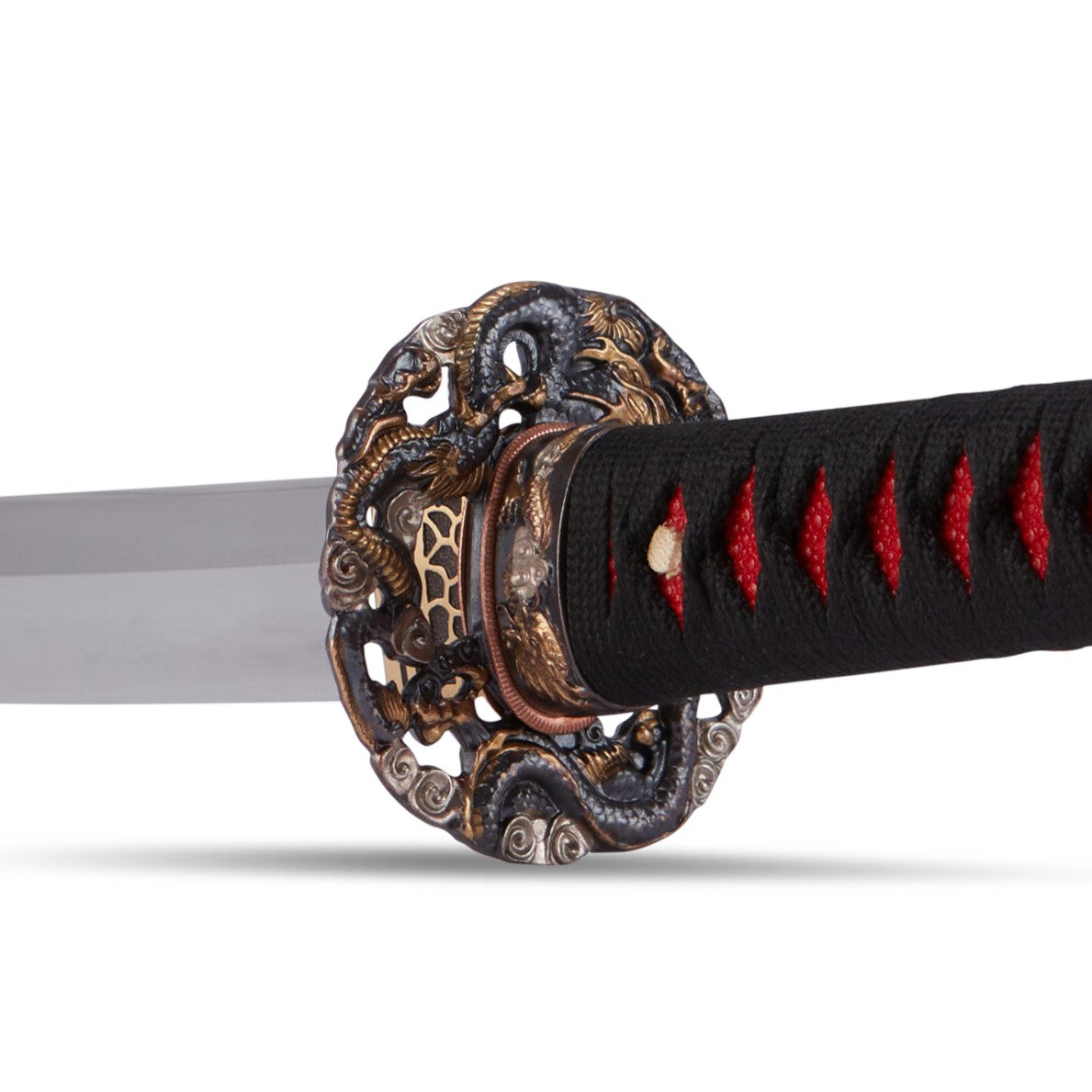Katana vs Ninjato Sword
The Katana and the Ninjato are two of the most iconic swords from Japan, both with a rich history and cultural significance. Both swords are renowned for their sharpness, durability, and effectiveness in combat. While they may appear similar at first glance, there are distinct differences between the two swords.
In this article, we will explore the differences between the Katana and the Ninjato, including their blade differences, sizes and weights, materials used to make them, and origins.
What Are the Main Differences Between the Katana and Ninjato?
Katana Blade vs Ninjato
The most significant difference between the Katana Sword and the Ninjato lies in their blade design. The Katana has a single-edged blade with a slight curve, while the Ninjato has a straight blade with a sharp point. The Katana's curved blade provides more cutting power and makes it easier to deliver powerful slashes. The Ninjato's straight blade, on the other hand, is better suited for quick thrusts and precise strikes.
Blade Sizes and Weight
Another notable difference between the Katana and the Ninjato is their size and weight. The Katana typically has a longer blade, ranging from 60 to 73 centimeters (24 to 29 inches), while the Ninjato is typically shorter, ranging from 50 to 60 centimeters (20 to 24 inches). As for weight, the Katana is heavier, weighing between 1.1 and 1.3 kilograms (2.4 to 2.9 pounds), while the Ninjato is lighter, weighing between 0.9 and 1.1 kilograms (2.0 to 2.4 pounds). These differences in size and weight make each sword better suited for different types of combat.
Materials Used to Make Them
Both the Katana and the Ninjato were traditionally made from similar materials, such as high-carbon steel, which was folded multiple times to create a stronger and more durable blade. The process of creating these swords was incredibly complex and required a skilled craftsman. The swords were made through a process known as tamahagane, which involved smelting iron sand and charcoal in a clay furnace. The resulting steel was then forged and folded repeatedly until it reached the desired strength and flexibility.
Origins
The Katana originated during the Muromachi period (1336-1573), while the Ninjato's origins are less clear. Some experts believe that the Ninjato was a product of the Edo period (1603-1867) and was used by ninja warriors, while others argue that it was simply a straight-bladed sword that was occasionally used by samurai warriors. Regardless of its origin, the Ninjato has become closely associated with the ninja, and its sleek design and compact size make it ideal for stealthy operations.
Conclusion
In conclusion, while the Katana and the Ninjato may appear similar, there are distinct differences between the two swords. The Katana's curved blade makes it better suited for powerful slashes, while the Ninjato's straight blade is better for quick thrusts and precise strikes.
Additionally, the Katana is longer and heavier than the Ninjato, making it better suited for open combat, while the Ninjato's smaller size and lighter weight make it ideal for stealthy operations. Both swords are made from similar materials and require a skilled craftsman to create, and their origins are steeped in Japanese history and culture.
Ultimately, the choice between the two swords will depend on the intended use, but regardless of which sword you choose, both are iconic symbols of Japanese martial arts and culture. Want more Katana resources? Check out our articles below!
Best Sellers
- Regular Price
- from $199.99
- Sale Price
- from $199.99
- Regular Price
-
- Unit Price
- per
- Regular Price
- from $299.99
- Sale Price
- from $299.99
- Regular Price
-
$0.00
- Unit Price
- per
- Regular Price
- from $179.99
- Sale Price
- from $179.99
- Regular Price
-
- Unit Price
- per
- Regular Price
- from $619.99
- Sale Price
- from $619.99
- Regular Price
-
- Unit Price
- per
- Regular Price
- from $319.99
- Sale Price
- from $319.99
- Regular Price
-
- Unit Price
- per
- Regular Price
- from $339.99
- Sale Price
- from $339.99
- Regular Price
-
- Unit Price
- per
- Regular Price
- from $219.99
- Sale Price
- from $219.99
- Regular Price
-
- Unit Price
- per
- Regular Price
- from $199.99
- Sale Price
- from $199.99
- Regular Price
-
- Unit Price
- per
- Regular Price
- from $364.99
- Sale Price
- from $364.99
- Regular Price
-
- Unit Price
- per
- Regular Price
- from $479.99
- Sale Price
- from $479.99
- Regular Price
-
$0.00
- Unit Price
- per

